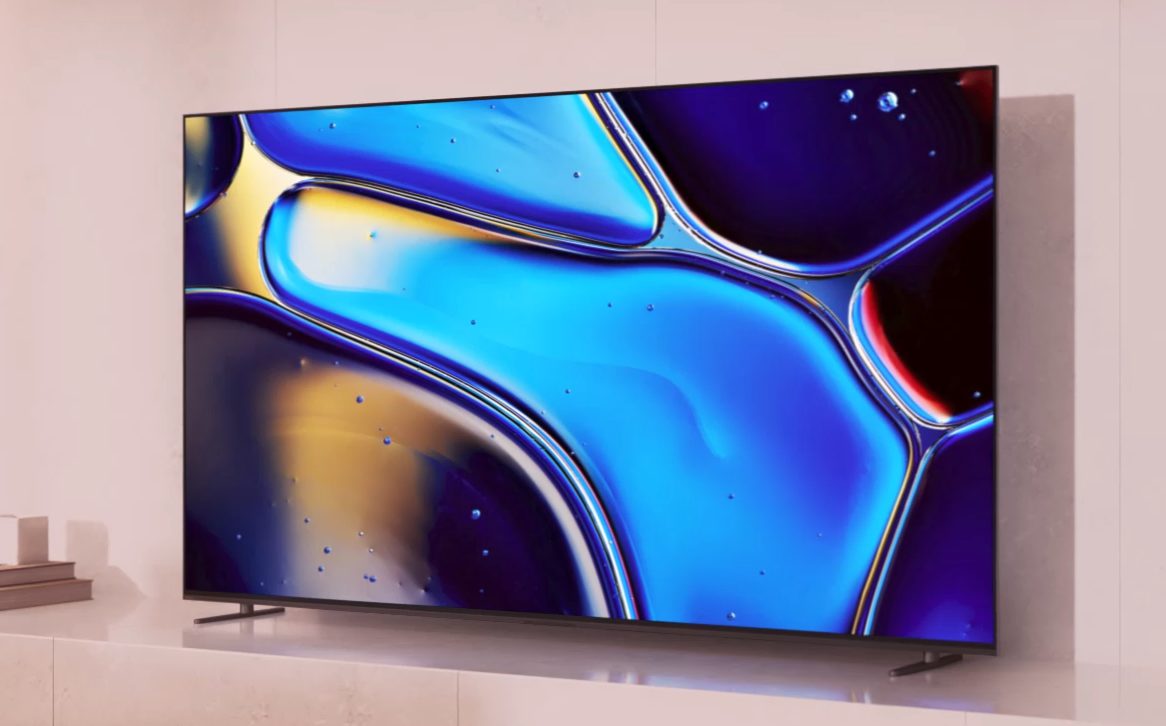Sony unveils its latest flagship OLED television, the Bravia 8 II (also known as the “Bravia 8 Mark II” or model “XR80M2”). This premium TV represents the next evolution in Sony’s OLED lineup, succeeding the highly regarded A95L from 2023. In this walkthrough, we’ll explore the five key aspects that make this TV significant, from its advanced display technology to its place in Sony’s evolving product strategy.
Evolution, Not Revolution: The Next Step in Sony’s OLED Journey
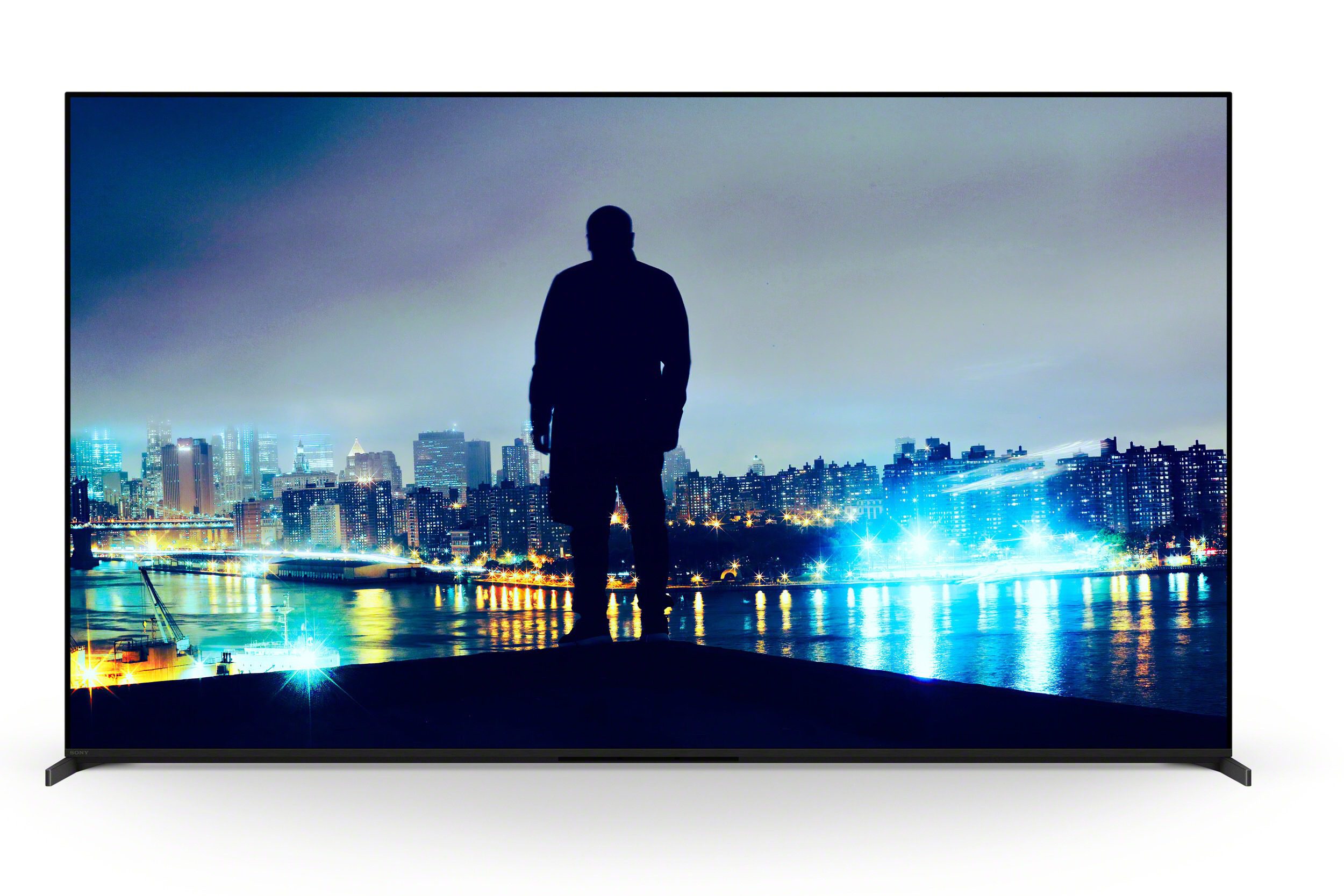
The Bravia 8 II arrives as Sony celebrates the 20th anniversary of its Bravia TV line. Rather than making a dramatic leap to new panel technology, Sony has continued refining its approach with an improved version of Samsung Display’s QD-OLED series. This strategic choice builds on the strengths of the previous A95L model while delivering meaningful improvements in brightness and color reproduction. The new model keeps what worked before but pushes performance further, maintaining Sony’s reputation for premium picture quality without reinventing the wheel.
Brighter, Bolder: Enhanced Display Performance
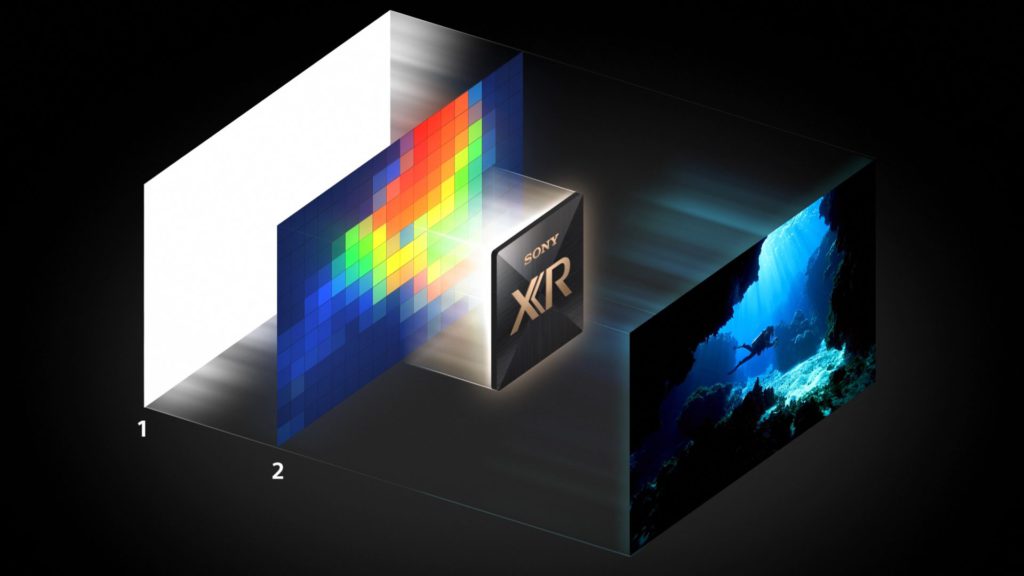
At the heart of the Bravia 8 II is its latest-generation QD-OLED panel paired with Sony’s advanced processing technologies. The most impressive upgrade comes in brightness capability – offering 50% more brightness than the current WRGB OLED-based Bravia 8, and between 25-125% brighter than the A95L, depending on the source. This significant boost means better HDR highlights and improved performance in bright rooms where OLED TVs have traditionally struggled. Sony’s integrated temperature sensor with XR Contrast Booster 15 technology controls brightness at the pixel level, maintaining perfect blacks while pushing highlights for that jaw-dropping contrast OLED is famous for.
Beyond the Screen: Audio Innovation
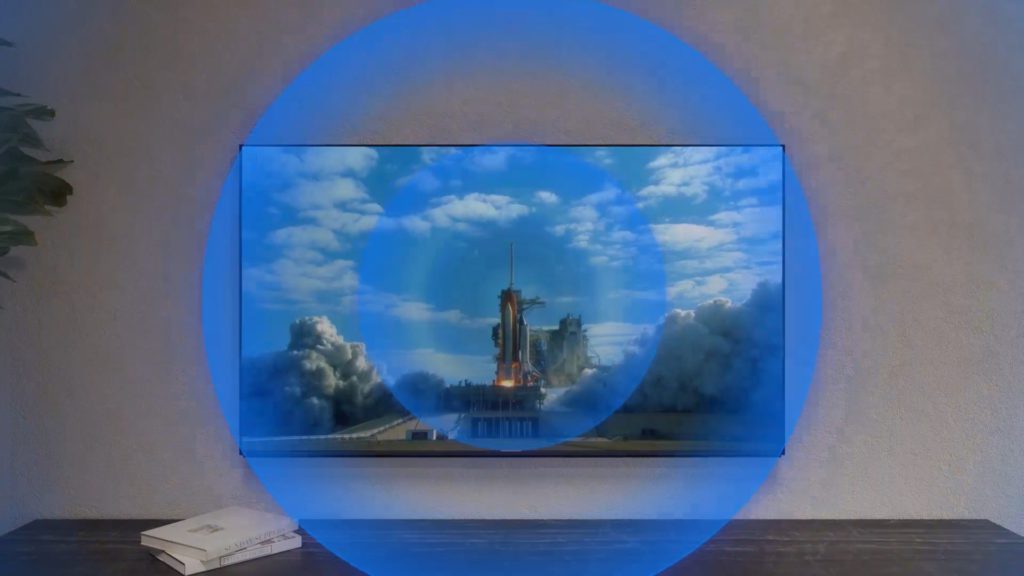
Sony continues its unique approach to TV audio with Acoustic Surface Audio+ technology, which transforms the entire screen into a speaker using specialized actuators. This creates a more immersive experience where sound appears to come directly from the on-screen action. The 2.1.2 channel speaker system delivers 40W of power and supports an impressive range of audio formats including Dolby Atmos. For those wanting to expand their audio setup, the “Acoustic Center Sync” feature integrates with compatible Sony soundbars, using the TV as a center channel for enhanced dialog clarity and improved sound localization.
Gaming-Ready: Features for Interactive Entertainment
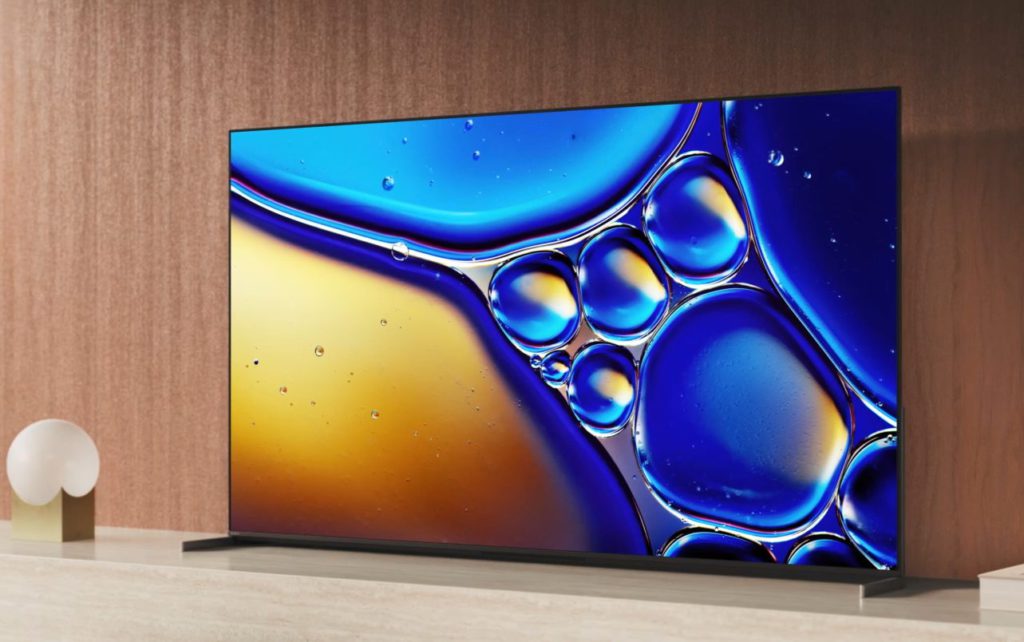
The Bravia 8 II comes fully equipped for next-generation gaming. Variable Refresh Rate (VRR) prevents screen tearing, while Auto Low Latency Mode (ALLM) automatically switches to a low-lag setting when a game source is detected. High Frame Rate support enables smooth 4K gameplay at 120Hz, and dedicated FPS and RTS picture modes are tailored to different game types. These features work together to reduce input lag, eliminate visual artifacts, and optimize picture quality specifically for gaming content, making this TV as appealing to gamers as it is to movie enthusiasts.
Strategic Positioning: Finding Its Place in Sony’s Lineup
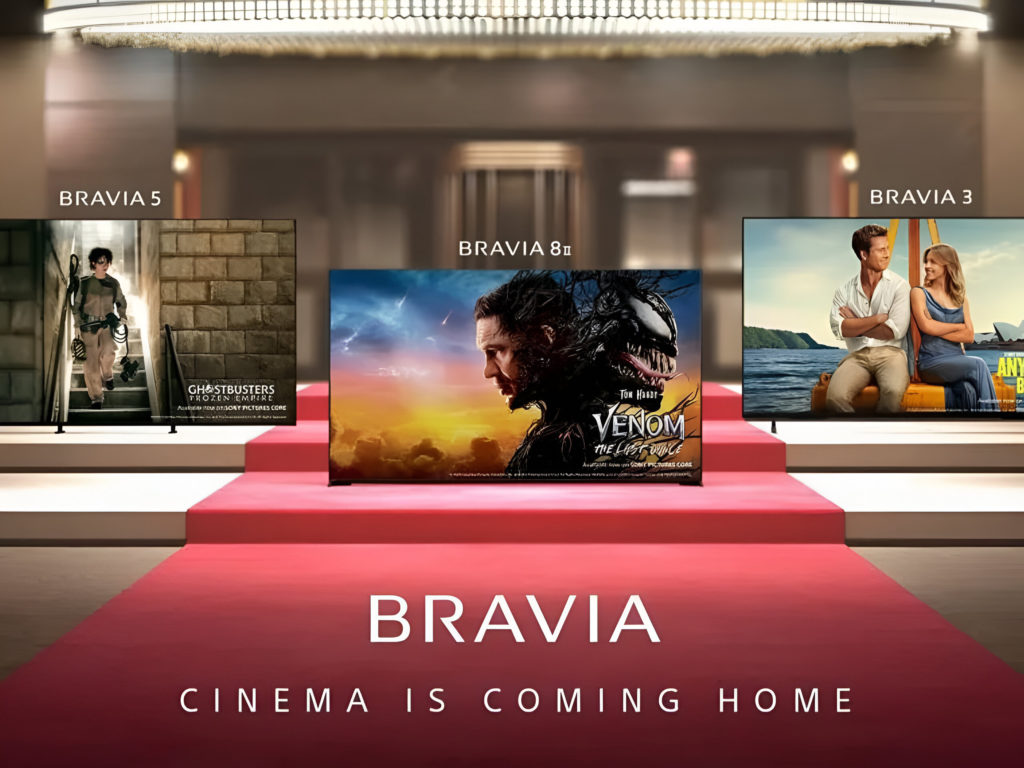
Interestingly, the Bravia 8 II isn’t positioned at the absolute top of Sony’s entire lineup – that spot belongs to the Bravia 9 Mini LED TV. This dual flagship approach gives consumers choices based on their viewing preferences and environment. Available in 55-inch and 65-inch sizes (with no 77-inch model announced yet), Sony has indicated the Bravia 8 II will be more affordable than the A95L was at launch, potentially making this premium OLED technology accessible to more consumers. This strategic pricing, combined with performance improvements, suggests Sony is working to strengthen its position in the competitive high-end TV market against rivals like LG, Samsung, and Panasonic.

